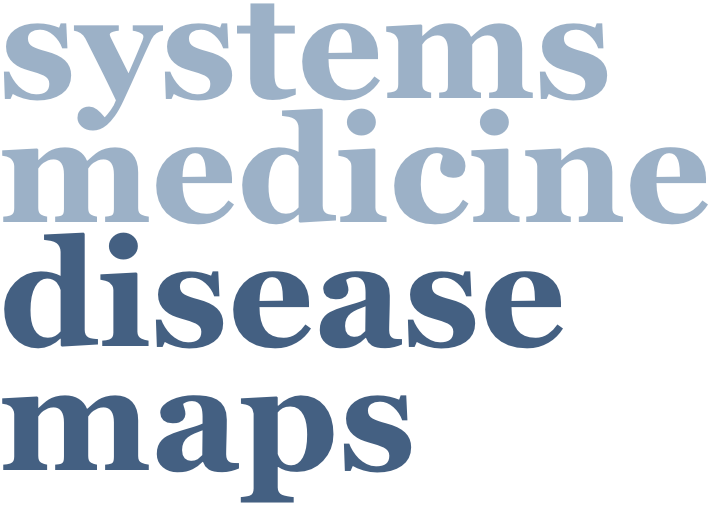
[back to the DMCM’25 Programme]
Title:
A calibration-driven multiscale modelling allows for the unveiling of mechanisms behind drug synergies
Authors:
Othmane Hayoun-Mya, Arnau Montagud, Alfonso Valencia, and Miguel Ponce-de-León
Abstract:
Understanding drug synergies in cancer treatment remains challenging due to complex molecular and cellular interactions across multiple scales, not easily visible in standard laboratory experiments. To address this, we combined Boolean network modeling with agent-based simulations to study how drugs work together in gastric cancer, focusing on replicating cell growth patterns under single and combined drug treatments.
We integrated Boolean network modeling with agent-based simulations in PhysiBoSS to investigate drug combinations in gastric adenocarcinoma (AGS), developing a multiscale model calibrated with experimental data from kinase inhibitors (PI3Ki, AKTi, MEKi and TAK1i) and their combinations.
Simulations are conducted in a 3D domain representing the experimental cell viability measurement device and the drug delivery system. Within this space, individual agents model discrete cells that internalize local drug concentrations via diffusion mechanisms. Each agent incorporates an embedded Boolean model simulating the intracellular signaling network, wherein Boolean model outputs map to cellular fates through apoptotic or proliferative pathways.The internalized drug levels then influence the Boolean network target nodes, allowing us to simulate how drugs affect cell fates.
Our approach bridges the gap between Boolean discrete molecular states and continuous cellular phenotypes of each agent using a parametrized response function. Specifically, we use Hill-shaped transfer functions, enabling mapping between intracellular signaling and population-level dynamics, complemented by a toxicity model that simulates high drug dosage cytotoxicity.
The complexity of our multiscale model resulted in numerous parameters, comprising both reported values and those requiring calibration. Calibrated parameters include both literature-bounded and model-internal parameters with unknown ranges. We performed parameter calibration through optimization-via-simulation using experimental time-series data of AGS cell responses to single drugs as ground truth, enabling an accurate model calibration.
Our calibrated model successfully reproduced growth dynamics in control and single-drug conditions, while also capturing known synergistic effects between PI3K-MEK and AKT-MEK inhibitor combinations without explicit optimization. This demonstrates the model’s ability to represent molecular mechanisms of drug interactions and their effects on cell fates. To analyze how our simulations capture growth dynamics, we developed a Random Forest surrogate model trained on calibration data. This revealed Hill transfer functions and apoptosis pathways as key mediators of drug synergies.
Our methodology of building detailed mechanistic models, calibrating them with experimental data, and exploring their behavior through machine learning provides systems-level insights into mechanisms governing drug effects in cancer. This approach revealed that accurate interfaces between biological scales are critical for replicating complex behaviors in multiscale simulations.